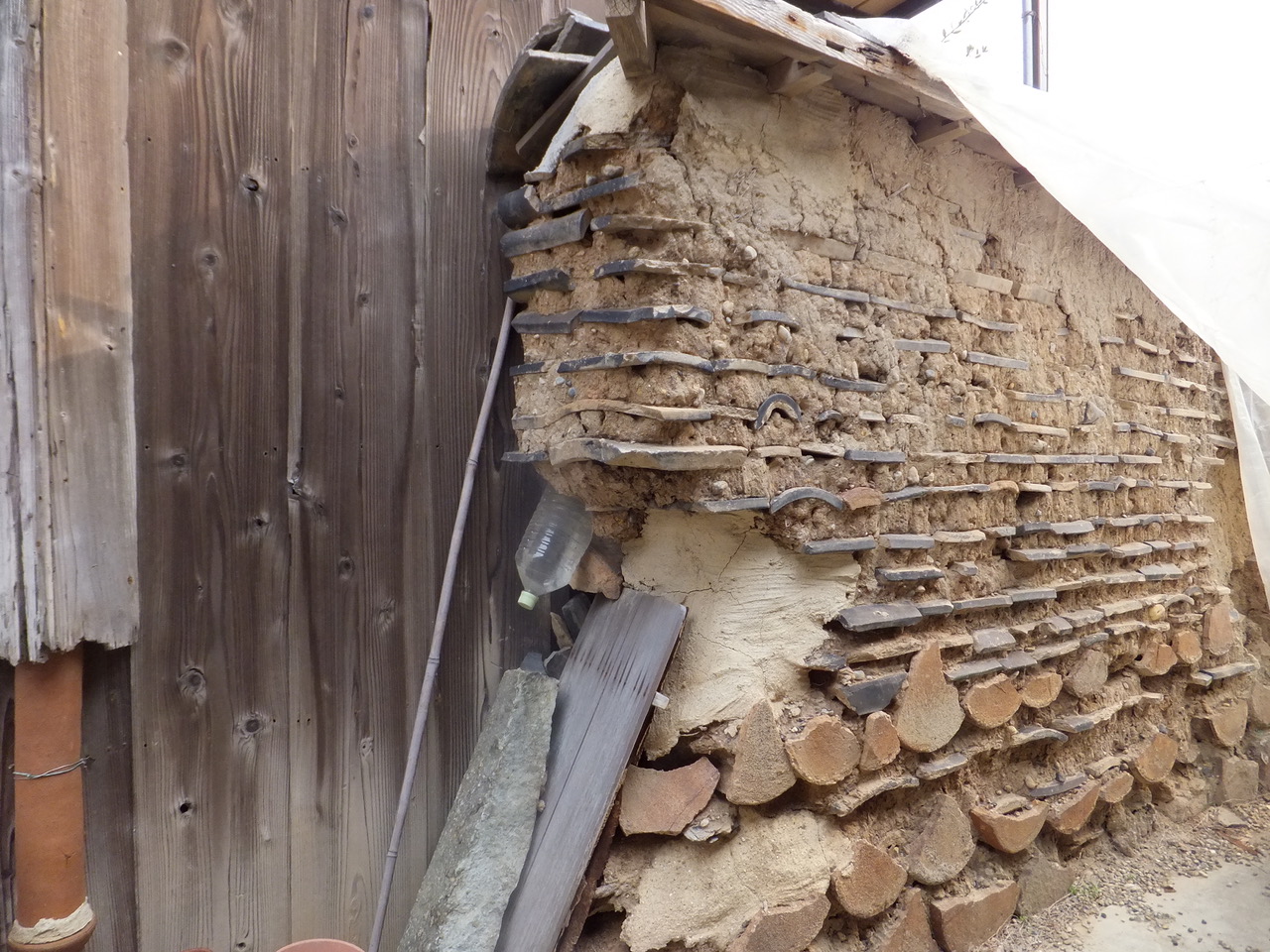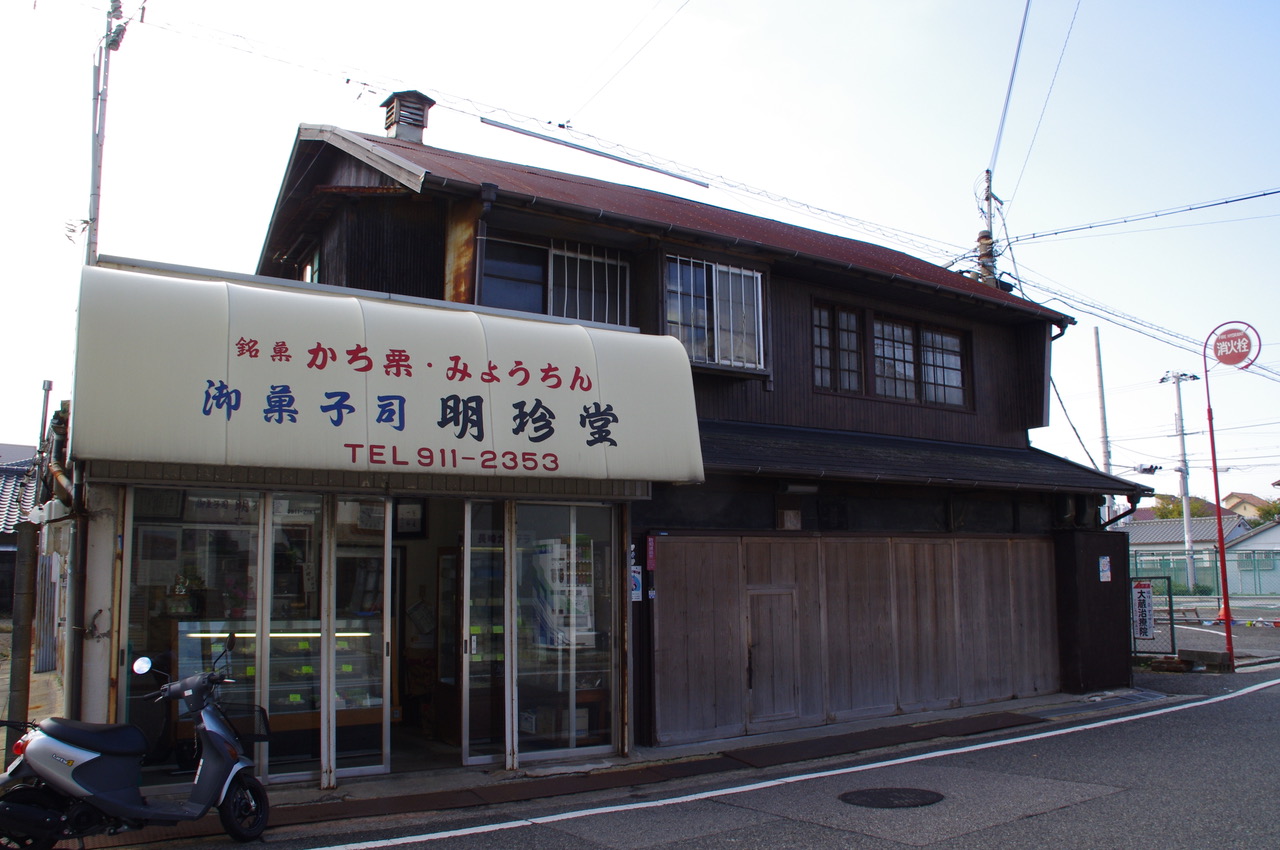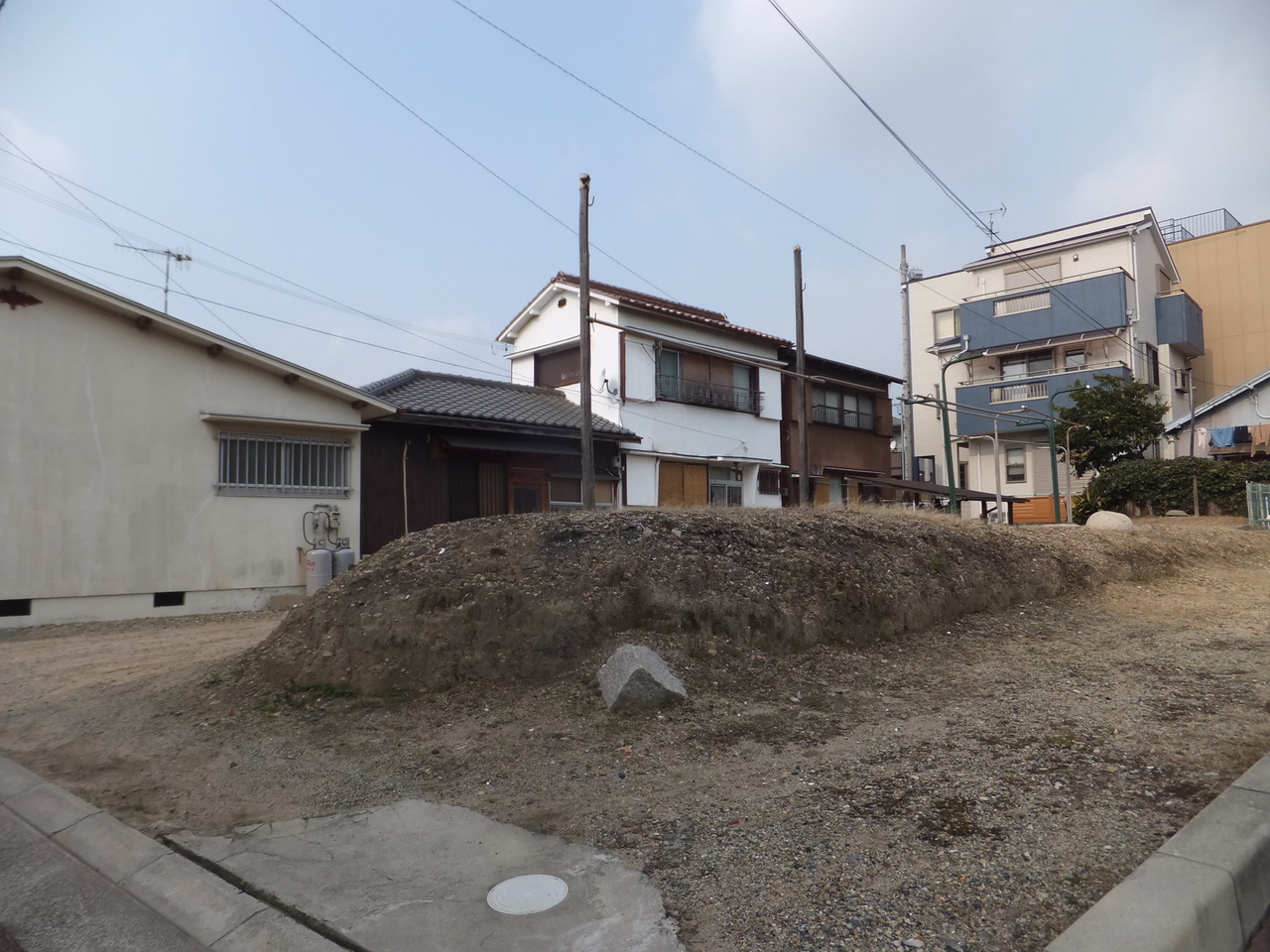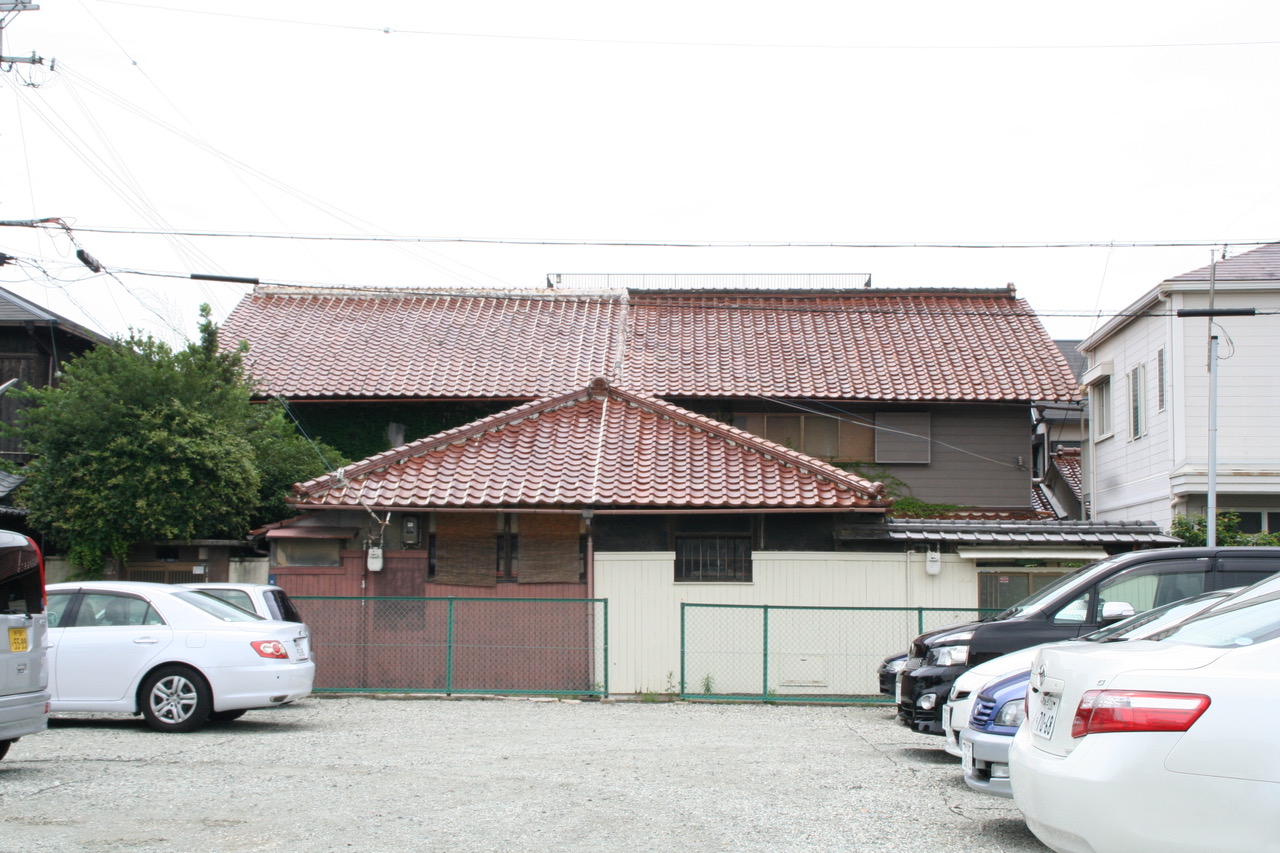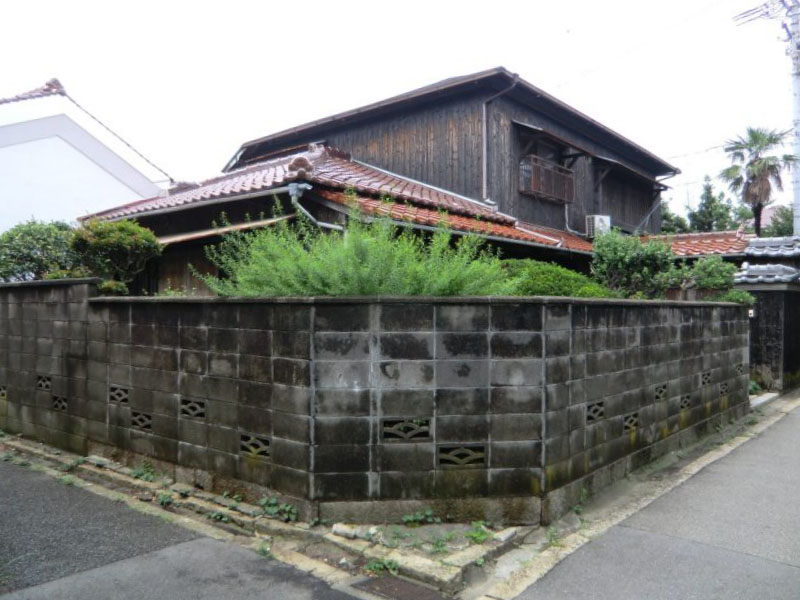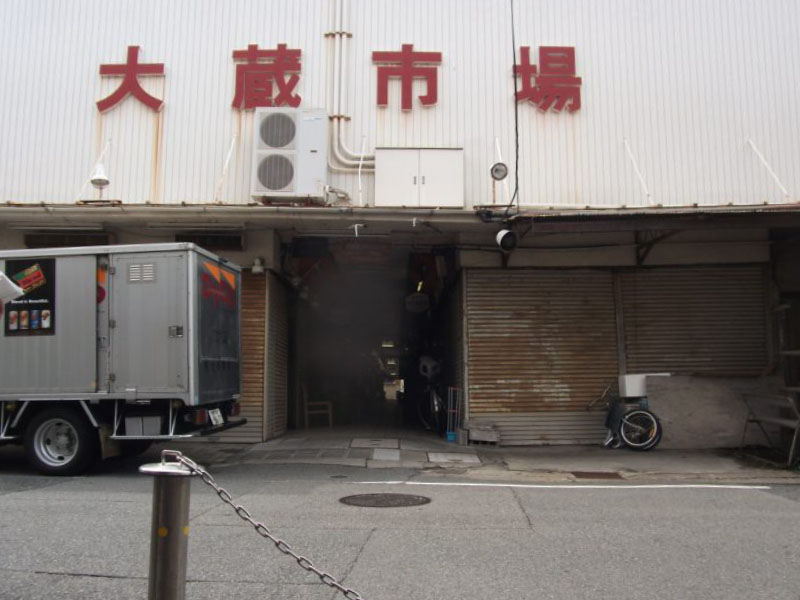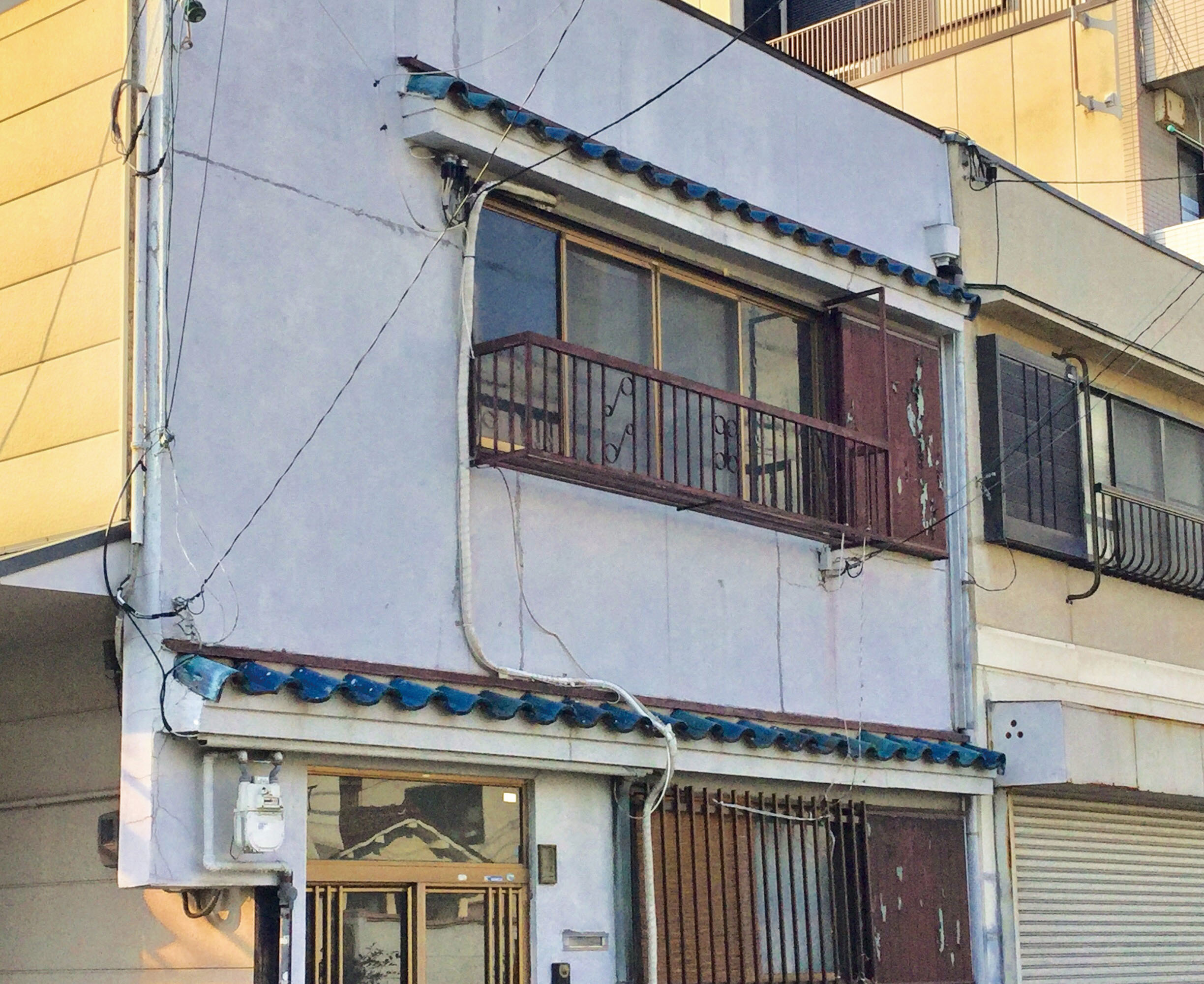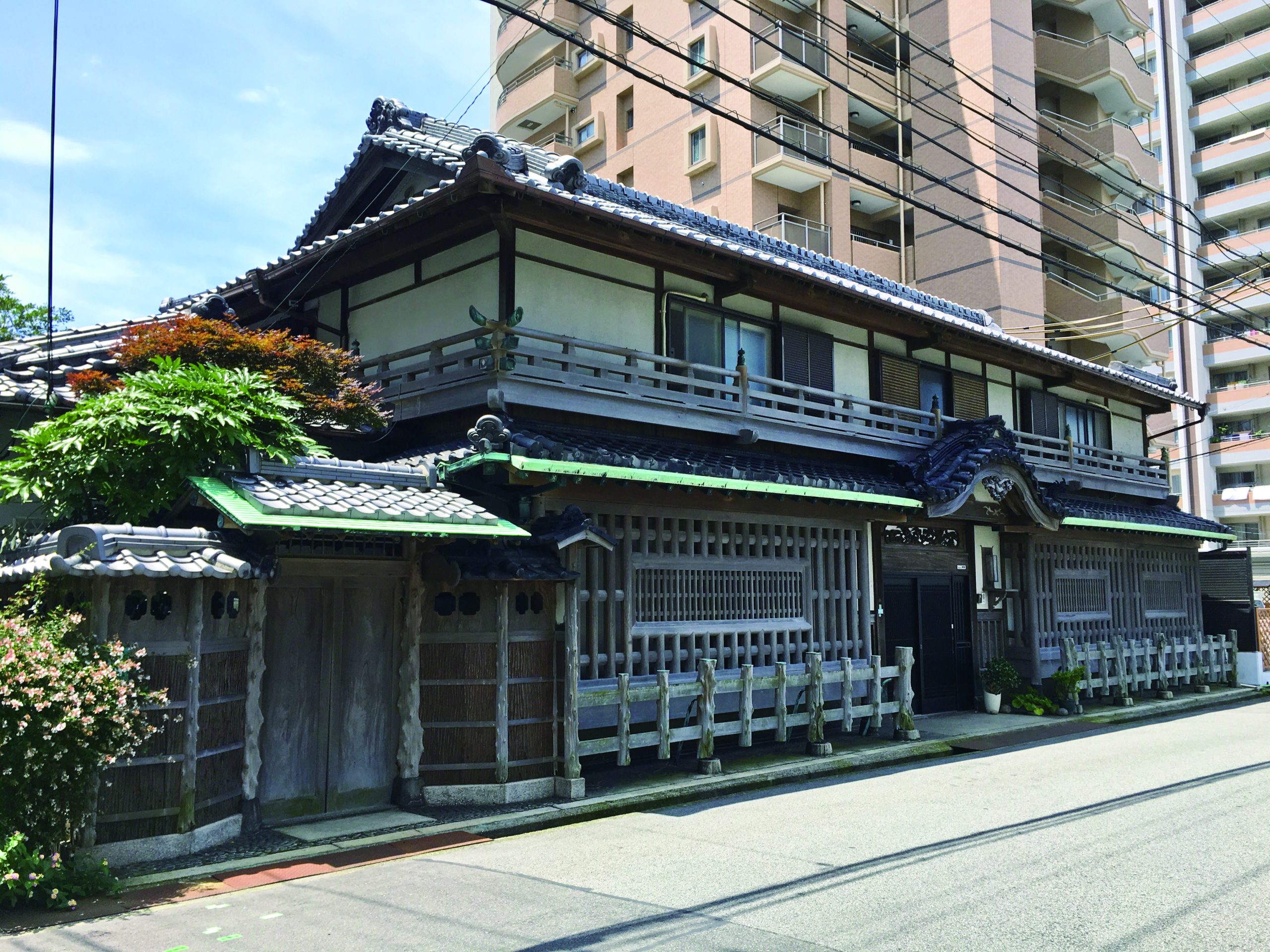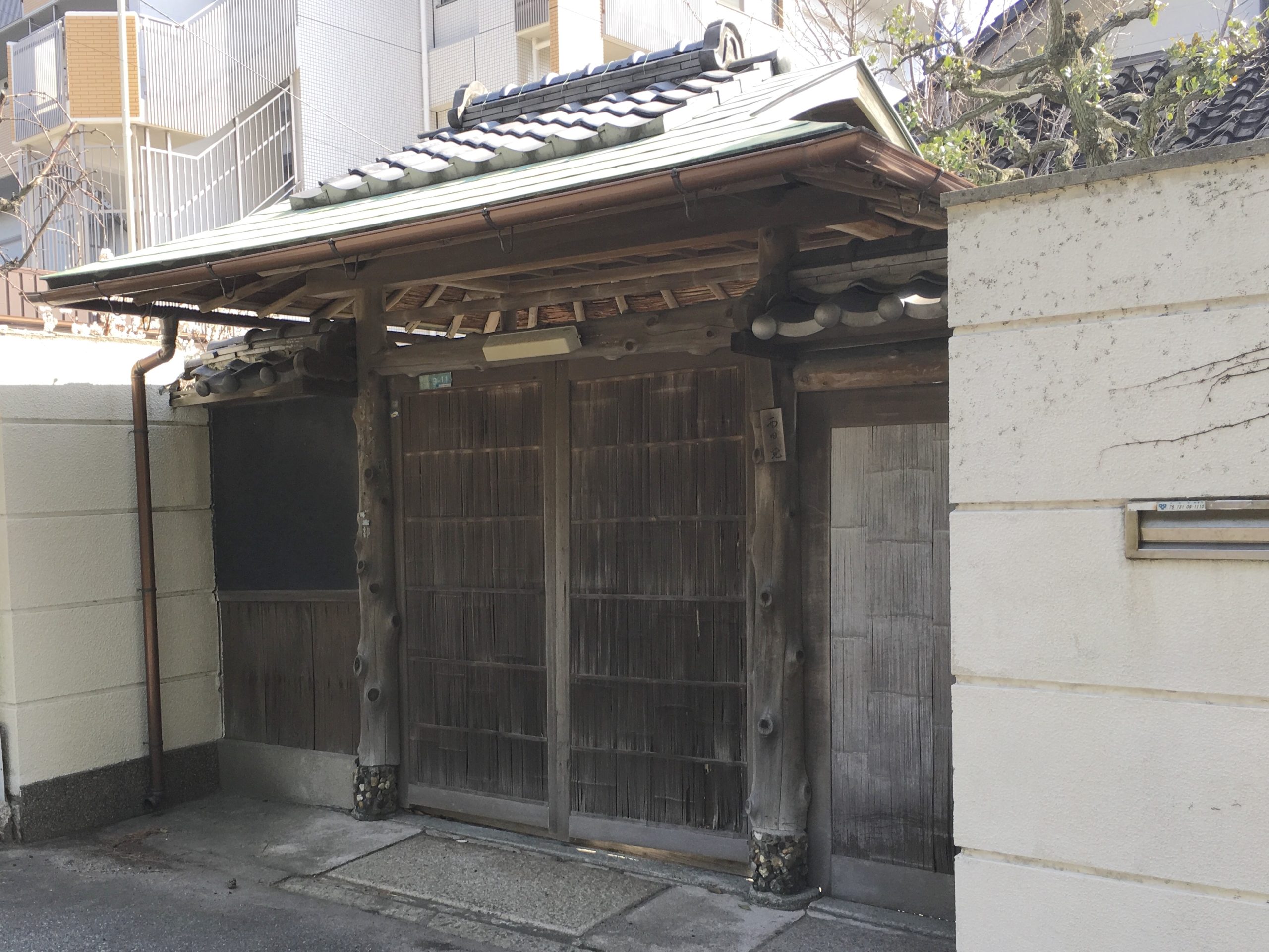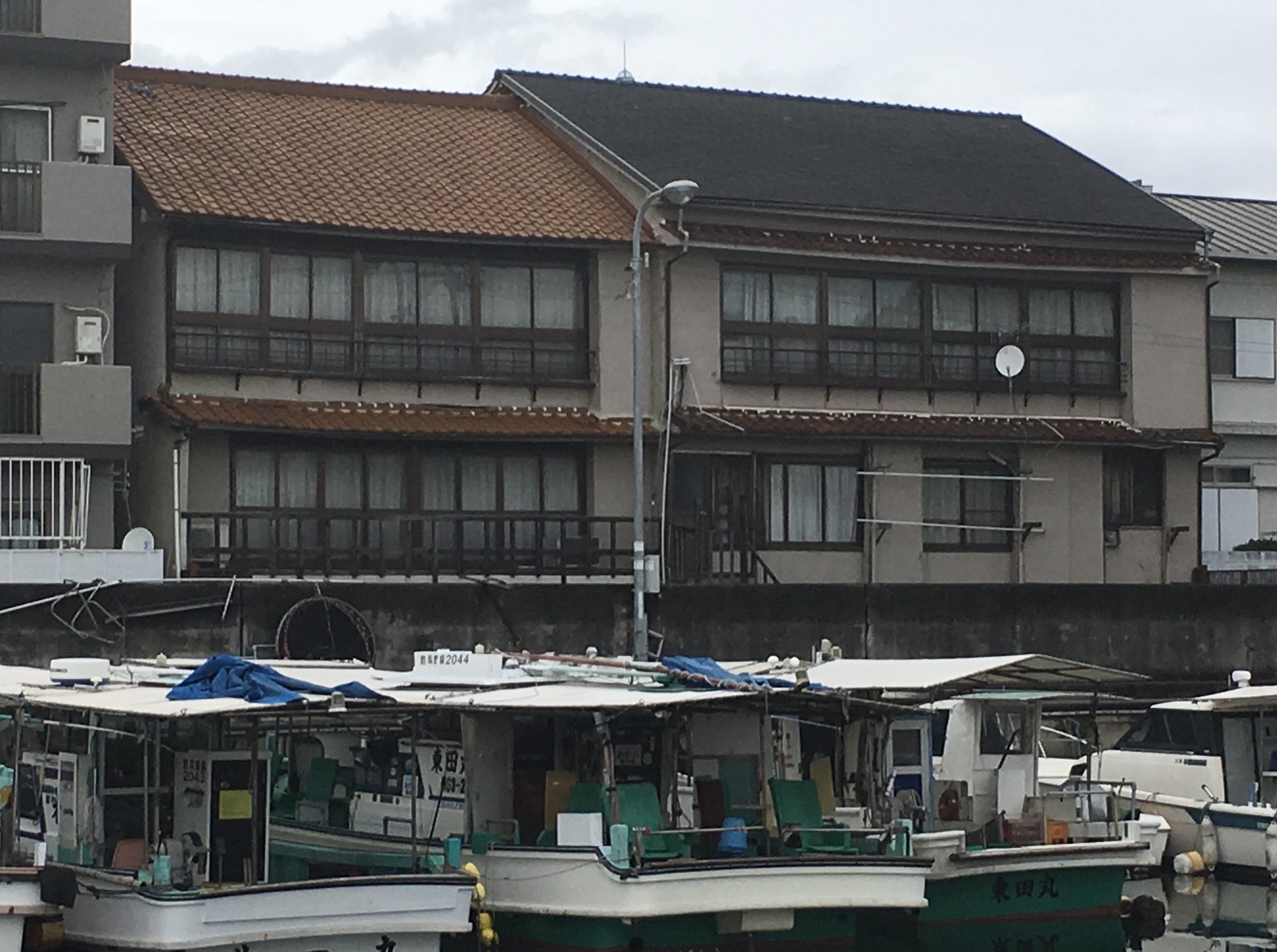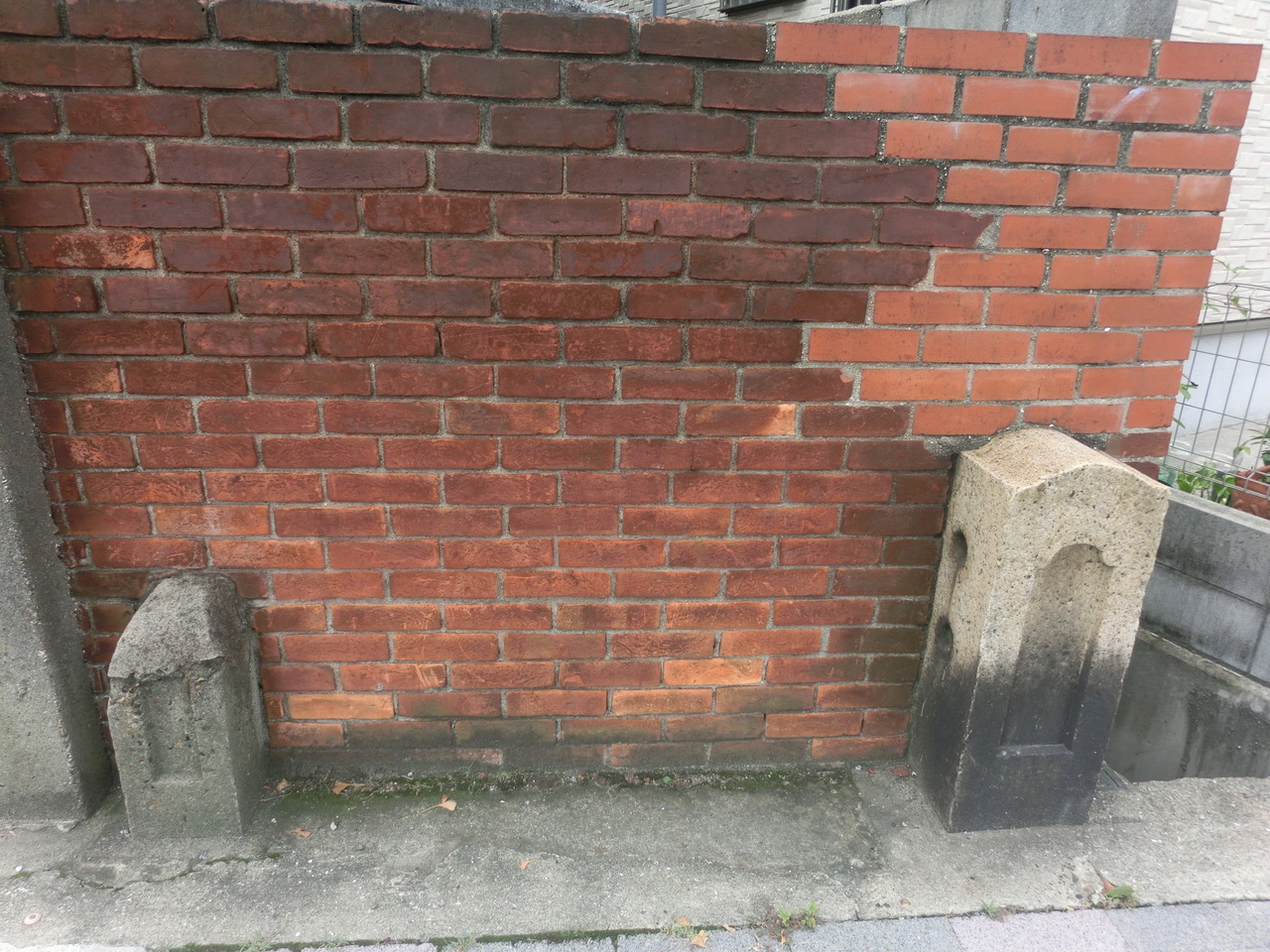
Okura
lost
03.brick walls and newel posts of bridge parapets
Once a stream went through the premises and they set bridge parapets made of reinforced concrete. Afterward the bridge parapets except newel posts were removed.But recently when the brick walls were remodelled the newel posts were thrown away and square traces were left there. They are marks of the newel posts.
